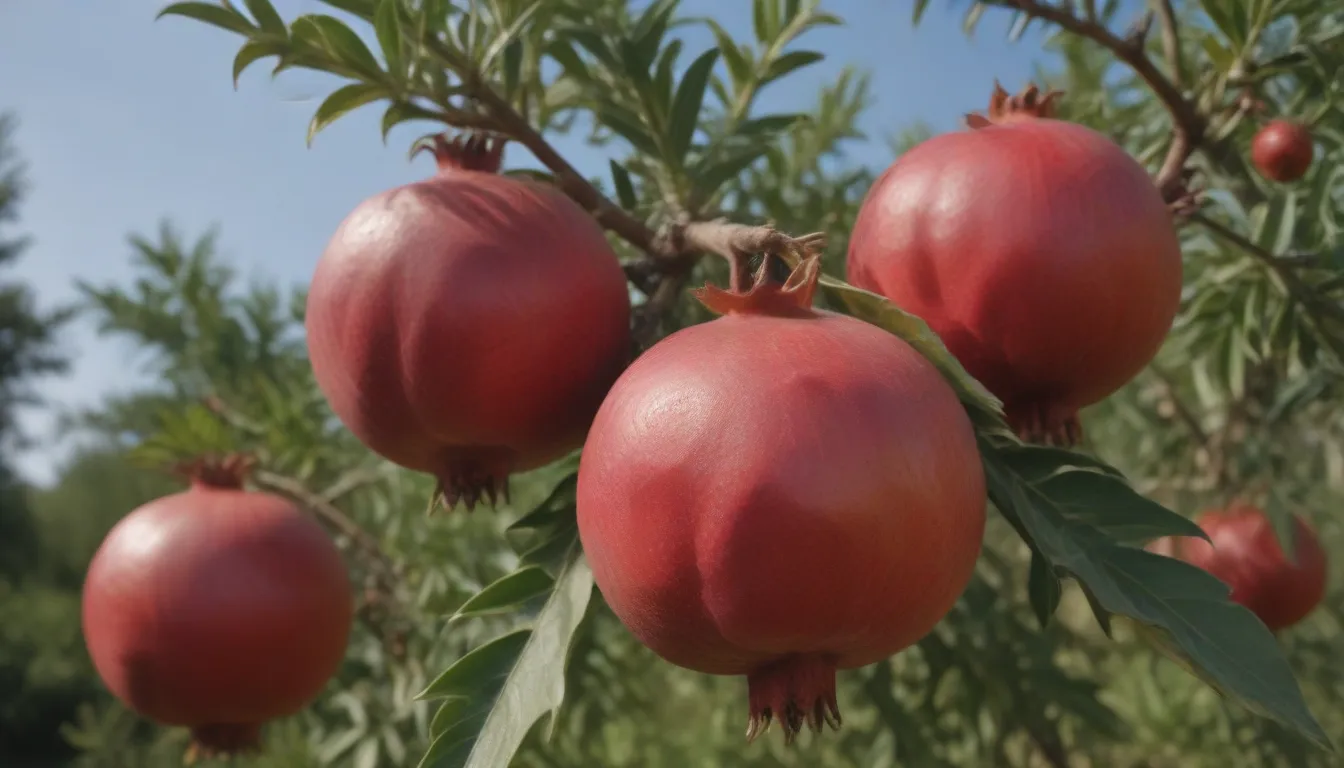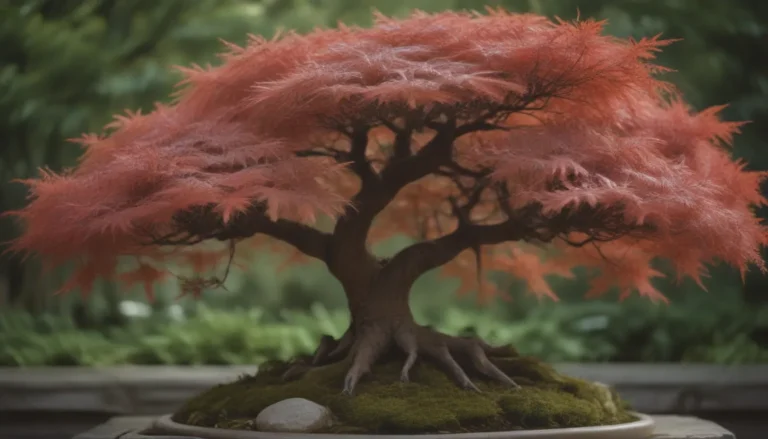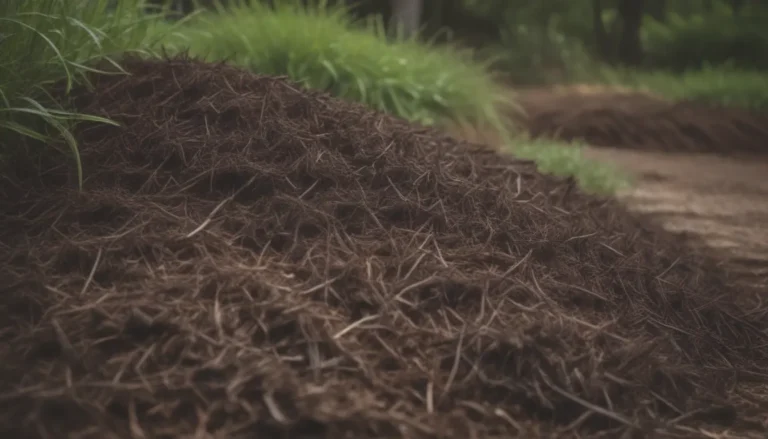Ultimate Guide to Growing and Caring for Pomegranate Trees

Are you interested in cultivating your own pomegranate tree? Look no further! Pomegranate trees, also known as Punica granatum, are not only easy to maintain but also produce delicious fruit that is rich in flavor and nutrients. Whether you’re a seasoned gardener or a newbie looking to add some greenery to your backyard, pomegranate trees are a great choice. In this comprehensive guide, we will walk you through everything you need to know about growing and caring for pomegranate trees, from planting to harvesting and beyond.
Benefits of Pomegranate Trees
Pomegranate trees are not only beautiful but also incredibly versatile. Here are some of the key benefits of growing a pomegranate tree:
- Produces delicious fruit filled with sweet, edible seeds
- Drought tolerant and not easily affected by pests or diseases
- Attractive ornamental value with glossy leaves and scarlet red flowers
- Can be used for bonsai or fruit production
- Perfect for sunniest and warmest locations in the yard
How to Plant Pomegranate Trees
When to Plant
Young pomegranate trees should be planted in the spring after the danger of late frost has passed.
Selecting a Planting Site
Choose a sunny location with loose, well-drained soil. Avoid planting in areas that are too wet.
Spacing, Depth, and Support
- Spacing will depend on your intended use of the tree
- Dig a hole as deep as the nursery pot or root ball and twice as wide
- Consider using a trellis or wall for support
Pomegranate Tree Care
Light
Pomegranate trees thrive in full sun but can tolerate partial shade.
Soil
Well-drained soil is essential for pomegranate trees. They can adapt to various soil types.
Water
While drought tolerant, pomegranate trees need regular watering during the dry season. Avoid overwatering to prevent issues with fruit production.
Temperature and Humidity
Pomegranate trees thrive in USDA Plant Hardiness Zones 7 to 10. They prefer cool winters and hot, dry summers.
Fertilizer
Avoid over-fertilization and only fertilize in November and March for the first two years.
Pollination
Pomegranate trees are usually self-pollinating but planting in pairs can increase fruit production.
Types of Pomegranates
There are many cultivars to choose from, with some being more cold-hardy than others.
- ‘Nana’
- ‘Sweet’
- ‘Wonderful’
Harvesting Pomegranate Trees
It takes several years for pomegranate trees to mature and produce fruit. Harvest when fruits are ripe for consumption.
Growing Pomegranate Trees in Pots
While dwarf pomegranate trees are ideal for pots, any size tree can be grown in a container with proper care.
Pruning
Regular pruning is essential to encourage healthy growth and abundant fruit production. Remove suckers and dead branches as needed.
Propagating Pomegranate Trees
Propagating pomegranate trees can be challenging and is best left to professionals. However, if you’re up for the task, hardwood cuttings can be taken in winter.
Common Pests and Plant Diseases
Pomegranate trees are relatively resistant to pests and diseases but may occasionally be affected by pests like thrips, scale, and whiteflies, as well as diseases like leaf spot and fruit spot.
In conclusion, growing and caring for pomegranate trees can be a rewarding experience. With the right knowledge and a little bit of effort, you can enjoy delicious fruits from your own backyard. So why not give it a try and add a pomegranate tree to your garden today? Happy gardening!





